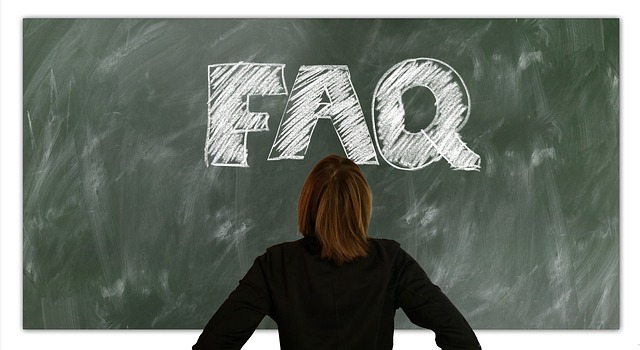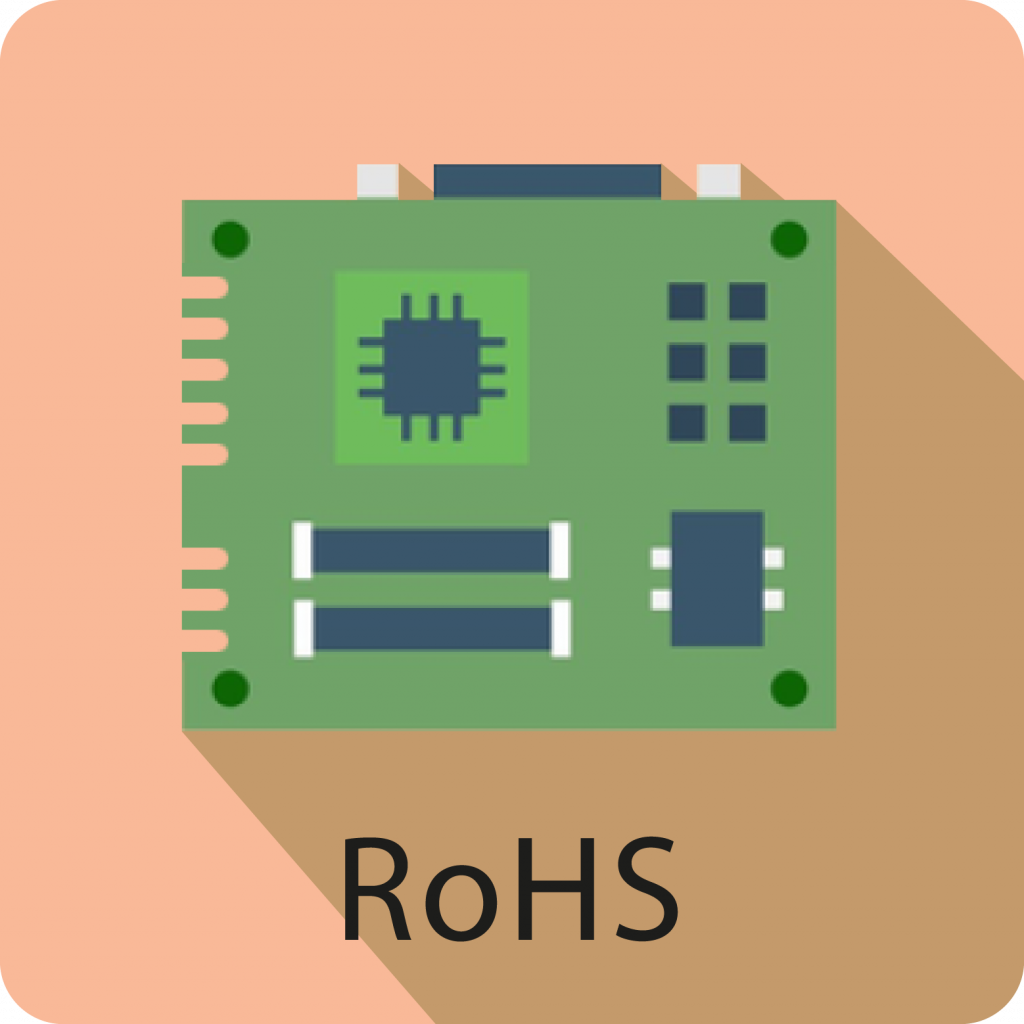
A solid understanding of the laws is essential when dealing with environmental regulations and how to comply with them. RoHS is one of the most significant environmental legislations, especially in Europe. Here we discuss some of the RoHS FAQ.

A solid understanding of the laws is essential when dealing with environmental regulations and how to comply with them. RoHS is one of the most significant environmental legislations, especially in Europe. Here we discuss some of the RoHS FAQ.

RoHS stands for Restriction of Hazardous Substances. This European Union-originating directive restricts the use of certain hazardous substances in Electrical and Electronic Equipment (EEE). After July 1, 2006, all applicable products sold in the EU must comply with RoHS.
RoHS limits the concentrations of the following hazardous chemicals found in EEE products:
For all of the prohibited chemicals listed above, the Maximum Concentration Value (MCV) is 0.1% or 1,000 ppm, except for cadmium, which has a ten times lower threshold of 0.01% or 100 ppm. Notably, the concentrations of these restricted compounds are regulated at the homogenous materials that comprise each component.
International bodies have been creating RoHS standards to assist manufacturers, importers, and third parties in evaluating products regarding this legislation. There are various RoHS standards. With this RoHS FAQ, we are presenting the following two examples:
An internal statement made by a manufacturer providing the RoHS status is known as a RoHS Certificate of Conformity (CoC). Generally, a CoC may apply to the entire production, a particular series, or just one part number.
On the other hand, the RoHS Declaration of Conformity (DoC) is a legally mandated document. Custom agents, for instance, may ask for the DoC of any EEE product entering their jurisdiction. A RoHS DoC must contain specific information, including the product’s unique reference, name and address of the producer, date, signature, etc.
A solder is a metal alloy used to form a permanent binding between two metal components. The traditional solder utilized in the electronics industry was a tin-lead alloy contains high amounts of lead. To protect the environment and human health, RoHS solders, also known as lead-free solders, are replacing conventional tin-lead alloys. Tin-copper, tin-copper-silver, and zinc-tin are three common RoHS solders used nowadays.
RoHS non-compliance can be costly for a manufacturer or importer. Failure to comply with this regulation may result in severe fines and imprisonment. Importantly, the consequences differ from a Member State to another. Besides penalties, the non-compliant product may be withdrawn or recalled from the market. As a result, this will hurt the brand’s reputation.
The EU RoHS scope is a very broad one.
Currently, the following product categories fall under the scope of the directive:
Since the adoption of EU RoHS 1 (Directive 2002/95/EC) in 2002, the scope of the regulation and the obligations of the EEE product manufacturers and importers have changed. RoHS 2 (Directive 2011/65/EU) and RoHS 3 (Directive 2015/863/EU) reflect these modifications. The main difference between these three directives is that restricted substances under RoHS 1 and RoHS 2 are the first six chemicals listed above, whereas RoHS 3 also covers the four additional phthalates. Another distinction relates to the expansion of product categories covered under each directive. RoHS 2, also known as RoHS recast, broadened the scope included product categoriesIn addition, RoHS 2 clarified the lists of exemptions and exclusions (explained below). Notably, per RoHS recast, manufacturers and importers must prepare an EU declaration of conformity (DoC) and affix CE marking to the compliant finished products.
Due to technological considerations, some applications may benefit from RoHS exemptions regarding the restriction concentrations. Let this RoHS FAQ give you one example of an exemption. For instance, copper alloys can contain up to 4% lead by weight under exemption 6c. Accordingly, Annex III of the directive lists current general RoHS exemptions, whereas Annex IV provides existing exemptions specific to Medical Devices and Monitoring and Control Instruments. As technology advances, some RoHS exemptions may become obsolete or modified. Therefore, manufacturers and importers should regularly check these listings.
On the other hand, RoHS provides a few product exclusions. Some products are out of the RoHS scope, including:
Large-scale electronic products are either Large-Scale Fixed Installations (LSFI) or Large-Scale Stationary Industry Tools (LSSIT). RoHS does not apply to these two product groups. Both groups include combinations of various EEE for permanent usage at a particular location installed and de-installed by professionals. Notably, LSFI and LSSIT may overlap. Furthermore, the producer, importer, or any other economic participant engaged is responsible for determining whether his tool or installation falls under either RoHS exclusion. Other regulations may apply, including Electromagnetic Compatibility (EMC), Low Voltage, and Machinery Directives.
The followings are examples of LSFIs:
This RoHS FAQ gives the following LSSITs common examples:
There are discussion taking place to restrict the following seven hazardous substances under RoHS:
MCCPs and TBBP-A are additional RoHS susbtances in the EU.
As a rule of thumb, unless explicitly excluded, all EEE devices sold in any European country must adhere to RoHS. Since RoHS is a Directive, each EU member State implements RoHS differently. Thus, manufacturers and importers should be familiar with the EU directive and understand the unique ways each country executes it.
Many countries worldwide have adopted RoHS-like regulations, including China, the UK, United Arab Emirates, etc. One market may differ from another in terms of the scope, the listed hazardous chemicals, and the appropriate exemptions. Therefore, every EEE business considering international growth must be familiar with the laws of the target country regarding hazardous substances. Although there are presently no federal RoHS-like regulations in the US, some states (notably California) have such legislation.
Electrical and electronic equipment sold in China must comply with China RoHS. Similar to EU RoHS 2, China RoHS restricts the same six substances (i.e., lead, mercury, cadmium, hexavalent chromium, polybrominated biphenyls (PBBs), and polybrominated diphenyl ethers (PBDEs)). The thresholds for both RoHS regulations are the same.
However, except for the products below, the China RoHS thresholds trigger an obligation de declares chemicals:
As a result, according to China RoHS, the product must bear an Environmental Friendly Use Period (EFUP) label and a RoHS table in Chinese listing the restricted hazardous substances that exceed the general thresholds. The product must have a green “e” EFUP label when non of the hazardous substances are present at the level of homogenous materials.
Finally, unlike EU RoHS, China RoHS applies to large-scale electronic products and batteries.
Contact Enviropass to learn more about RoHS and how to assess your products against it.